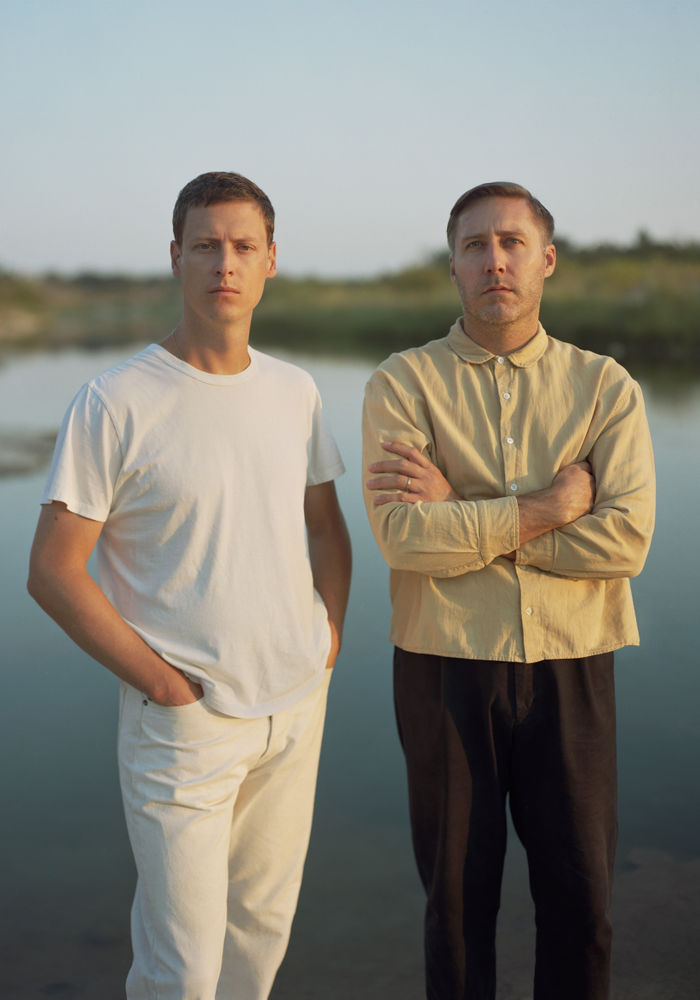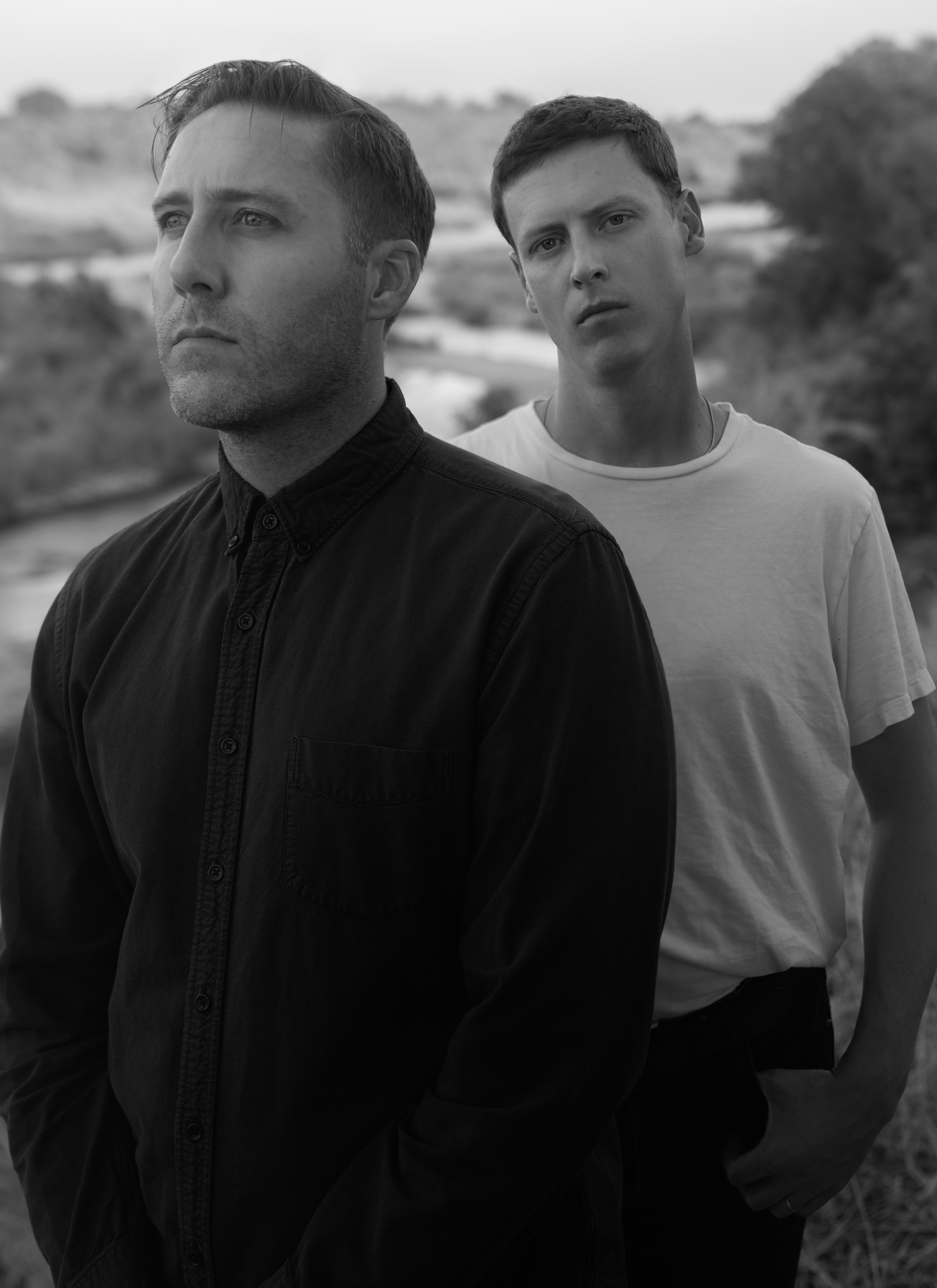The exponential growth of the neoclassical music movement has seen it expanding beyond Berlin, Reykjavik and...Texas? Indeed, Balmorhea of the city of Austin have been releasing their unique minimalist compositions since 2006, with their efforts rewarded by putting pen to paper with classical giants Deutsche Grammophon. We spoke with the composer duo, comprised of Rob Lowe (not that Rob Lowe) and Michael Muller on joining forces with the legendary label for the release of their new album, The Wind.
While Lowe and Muller are the originators and mainstay of the group, writing the music and also the former playing guitar and piano and the latter guitar and bass guitar, Balmorhea is officially a six-piece ensemble, completed by violin, cello, drums, and vibraphone.
Since their self-titled debut in 2007, they have released eight albums and have performed with artists including Sharon Van Etten, Efterklang and Fleet Foxes.
Despite the still, gentle nature of Balmorhea’s music, Muller grew up listening to heavier music and wanting to learn heavy metal guitar.
“In high school I had my musical brain turned on its ear by bands like Tortoise and Mogwai, instrumental and experimental post-rock ensembles,” he says. “Then after university, me and Rob became acquaintances and ended up going to a lot of the same concerts and eventually making music.”
It’s from these humble beginnings we find the pair signing with arguably the world’s most famous classical music record label.
“It feels great,” Lowe says. “We've been doing this for 15 years, and you learn what your cycle is creatively. You do it enough times and realize that you have to just focus on what you're making. There's a lot about the business of making music and art that is confusing and difficult.
“We were introduced to Deutsche Grammophon when we were in Germany making the record. We shared a lot of the early demos with them, and they were always enthusiastic about the work we were doing. A lot of times you have to fight for things. But this felt very natural. We're still pinching ourselves about the relationship.”





